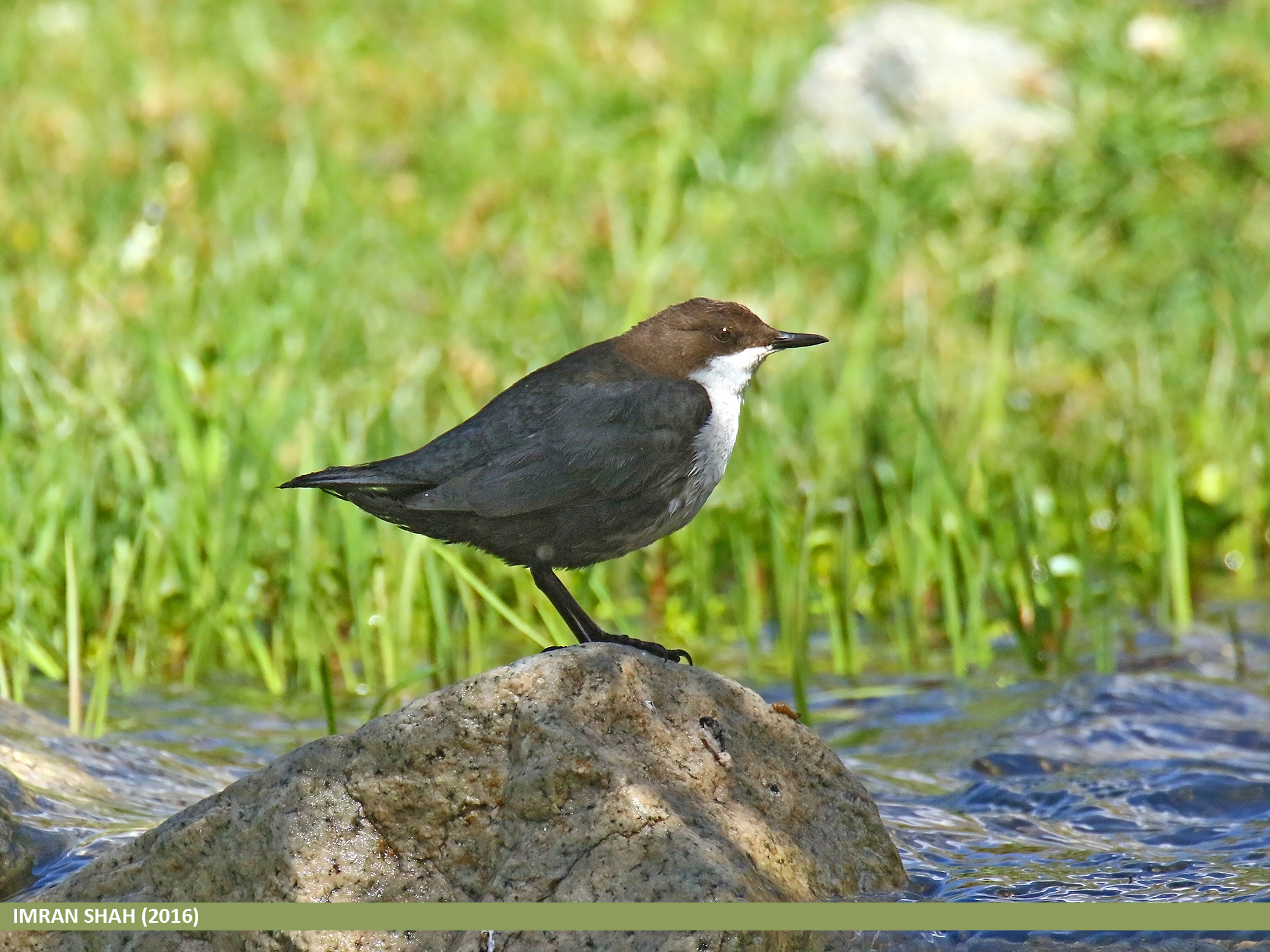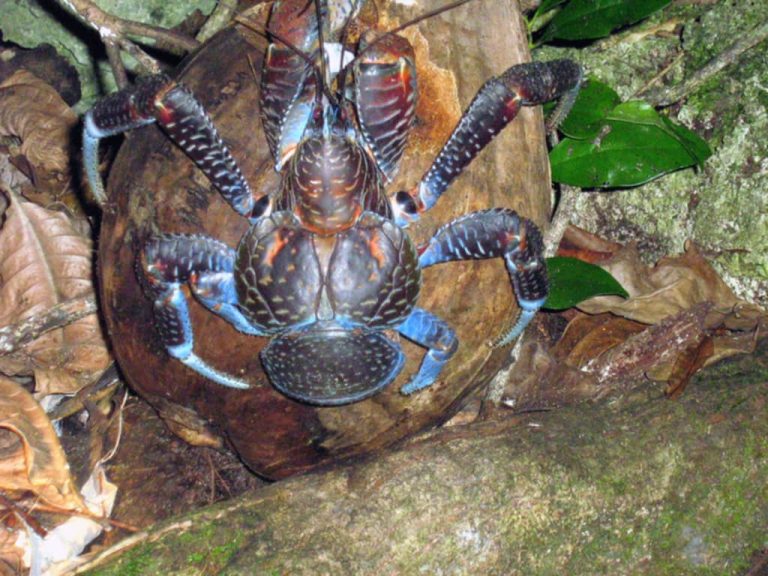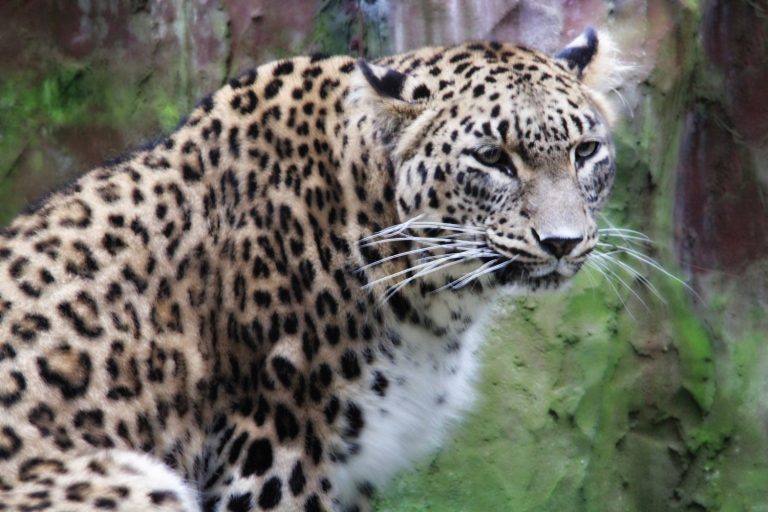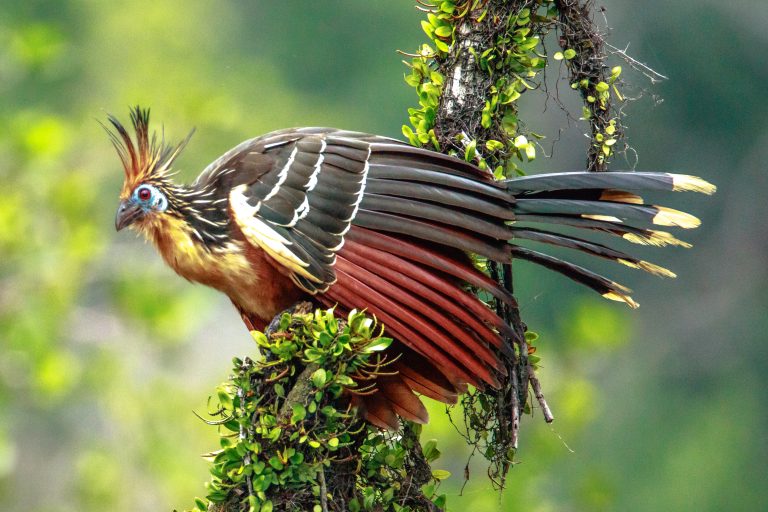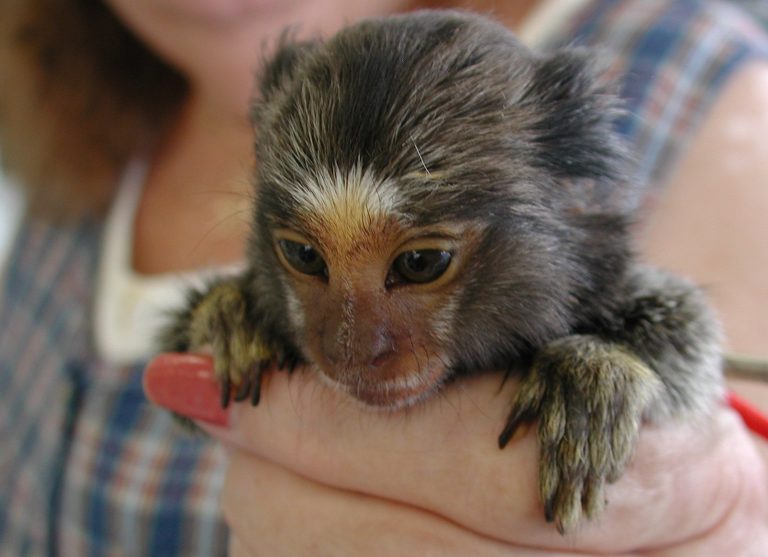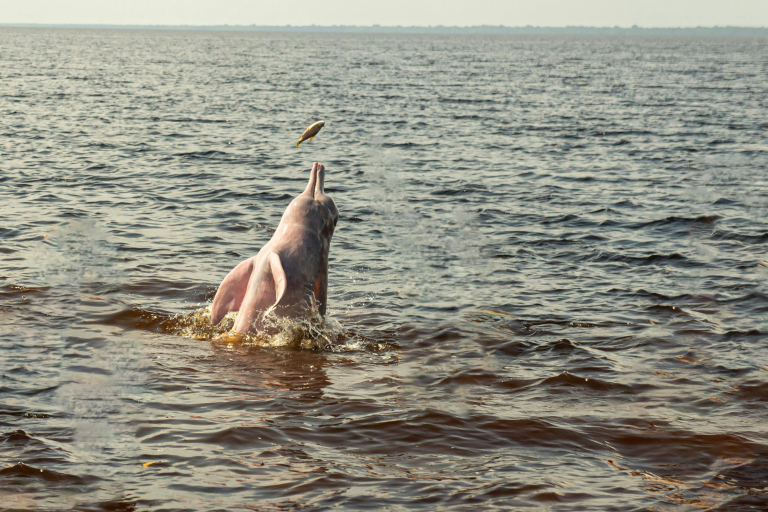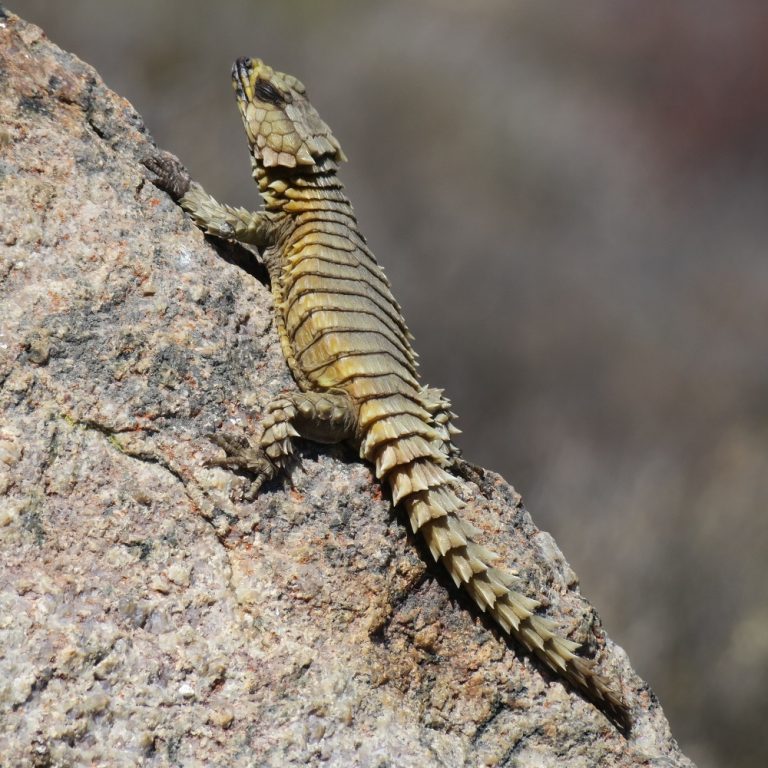Dippers: Songbirds That Dive!
What comes to your mind if I ask you to think of birds that can dive and forage underwater? Probably birds like cormorants, grebes, pelicans, kingfishers, and such, right?
But did you know some songbirds are capable of doing that? Yes, some can, and they are called dippers.
In this post, I will take you on a journey through the interesting world of dipper birds.
What are Dippers?
Dippers are birds that belong to the
genus Cinclus. It’s fair to say they are among the most fascinating birds in the world due to their unique adaptations and behaviors.
These birds display a unique bobbing or dipping movement when they are perched near water. That’s why they are called dippers.
But what truly sets these birds apart is their remarkable ability to dive into water and move underwater. They have extraordinary evolutionary adaptations that enable them to dive and forage underwater.
Physical Characteristics and Adaptations
Let’s see what dipper birds look like and what adaptations they have for getting into the water and moving around under.
Physical Characteristics of Dippers
Dippers are small birds. Their body typically measures between 14 to 22 cm in length and weighs between 40 to 90 grams. For example, the American Dipper, Cinclus mexicanus, grows to about 18 cm in length with a wingspan of 25-30 cm.
They often have a brown-black body, a white throat and breast, and a reddish-brown throat patch in some species.
The short wings and strong legs they have are well-suited for their aquatic lifestyle.
Adaptations for Diving and Moving Underwater
One of the most remarkable features of dippers is their waterproof plumage, maintained by a large preen gland that produces oil to waterproof the feathers. This is a crucial adaptation for their underwater activities.
Dippers also possess transparent eyelids that act as goggles, helping them see underwater.
They also have nasal flaps that can seal their nasal passage to prevent water from entering their nostrils, allowing them to dive safely.
They have a solid bone structure that reduces buoyancy, and they can use their short but strongly muscled wings as flippers to move underwater.
Habitat and Distribution
Let’s look into where dippers are found and what their habitats are like.
Preferred Environments
Dippers are found around fast-flowing streams and rivers with cold, clear waters, particularly in hilly regions.
The American Dippers, for example, are found by the permanent streams in western North America and Central America, often close to big boulders, waterfalls, and cliffs.
The features such as cobblestones, coarse gravel, and midstream or streamside boulders that these environments have are essential for them to use as perches and house the aquatic animals they prey on.
Territory Requirements
Dippers establish linear breeding territories that vary in length from about 300 meters to over 2,500 meters, along suitable rivers and streams, depending on how abundant the food is and the availability of safe nesting spots.
The quality of the water is also an important factor, as dippers are highly sensitive to pollution and changes in water quality.
Fascinating Behaviors
Now it’s time for us to look at the peculiar behavior traits that set dippers apart from other birds.
Underwater Hunting
Dippers are very good at hunting underwater. They dive into the water and walk along the riverbed looking for prey. They keep their wings stretched out during this underwear forage to have traction against the water flow.
They feed mainly on aquatic insects and larvae of insects such as caddisflies, mayflies, stoneflies, midges, and mosquitoes. They also eat small fish, fish eggs, and sometimes small aquatic plants.
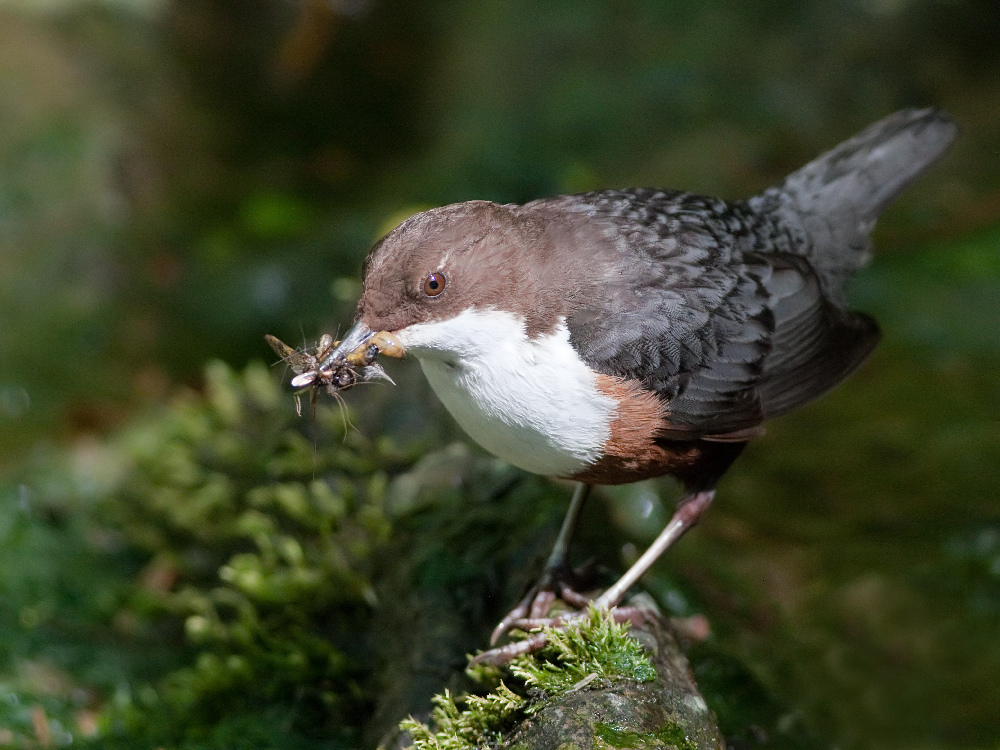
Dippers can stay underwater for up to 15-30 seconds at a time. The time they can stay submerged varies from species to species.
Distinctive Movements
One of the key characteristic behaviors of dippers is their bobbing or dipping motion when perched near water. This movement is believed to help them communicate in their riverside habitats with high background noise generated by rushing water.
They also communicate visually in courtship and threat displays by blinking rapidly to expose the white feathers on their upper eyelids, emitting sequences of white flashes.
During flight, dippers show a distinctive whirring motion due to their short wings.
Breeding and Family Life
Let’s look into how dipper birds procreate and raise their young.
Nesting Habits
Dippers build large, round, domed nests using moss primarily. These nests have an internal cup of dry grasses and leaves.
They mostly build the nests on nearly vertical surfaces that are hard to reach, over or close to rushing water, such as on large boulders, cliff ledges, or under bridges.
It’s the female that picks the nesting site, and both females and males build the nest together and look after the young.
Dippers may choose the same nesting spot for several years but usually rebuild their nest at the beginning of each breeding season.
Reproduction
Dippers generally lay clutches of four to five eggs, typically white and measuring around 26 mm x 19 mm in size. The size of the eggs varies slightly between species.
The incubation period for dippers is approximately 16 days, followed by a nestling period of about 24-26 days. These durations can also vary among different species.
The new hatchlings are quite helpless but develop quickly under the care of both parents. It has been observed that in some dipper species, the parents wash food before feeding it to their young.
Conservation Status
So how are these water-dwelling songbirds sparing in the wild?
Current Challenges
Dippers face several challenges to their existence, mostly related to their habitat and water quality.
Human activities such as building dams across rivers, channelization of rivers, and pollution can degrade and destroy their habitats.
Erosion also poses threats to them by causing water pollution, acidification, and turbidity.
Also, dippers are sometimes hunted due to being misunderstood to cause fish stocks to diminish.
Protection Efforts
Conservation efforts are crucial in protecting dipper populations. These attempts include measures to keep water quality, protect and restore their natural habitats, and educate the public about the importance of preserving their environments.
In some regions, such as the UK, wildlife laws have been established to protect dippers, and conservation organizations at work monitor and manage their populations.
Human Interactions and Cultural Significance
It’s interesting to know how humans have interacted with dippers and the role dippers have played in culture.
Historical Perspectives
Historically, dippers have been the subject of many traditional beliefs and persecutions.
In parts of Scotland and Germany, bounties were once paid for killing dippers as people mistakenly believed that they harmed fish stocks.
In the Atlas Mountains, people used to hunt dippers, believing they had aphrodisiac properties.
Scientific discoveries have proved these are just myths, and modern conservation efforts aim to protect these birds.
Modern Appreciation
Today, dippers are appreciated for their unique behaviors and ecological importance.
Birdwatchers and nature enthusiasts often look for these birds in their natural habitats and that contributes to the tourism and conservation efforts in these areas.
Studies continue to reveal more about the biology and behavior of dippers, resulting in better understanding and appreciation of these remarkable birds.

Conclusion
Dippers, belonging to the genus Cinclus, are unique songbirds adapted for diving and foraging underwater.
Characterized by their small size, waterproof plumage, and eyes and nostrils adapted for underwater foraging, they thrive in fast-flowing streams and rivers.
Their characteristic bobbing motion sets them apart.
They face threats from habitat degradation and pollution, and conservation efforts have been made to protect these remarkable birds and their habitats.

